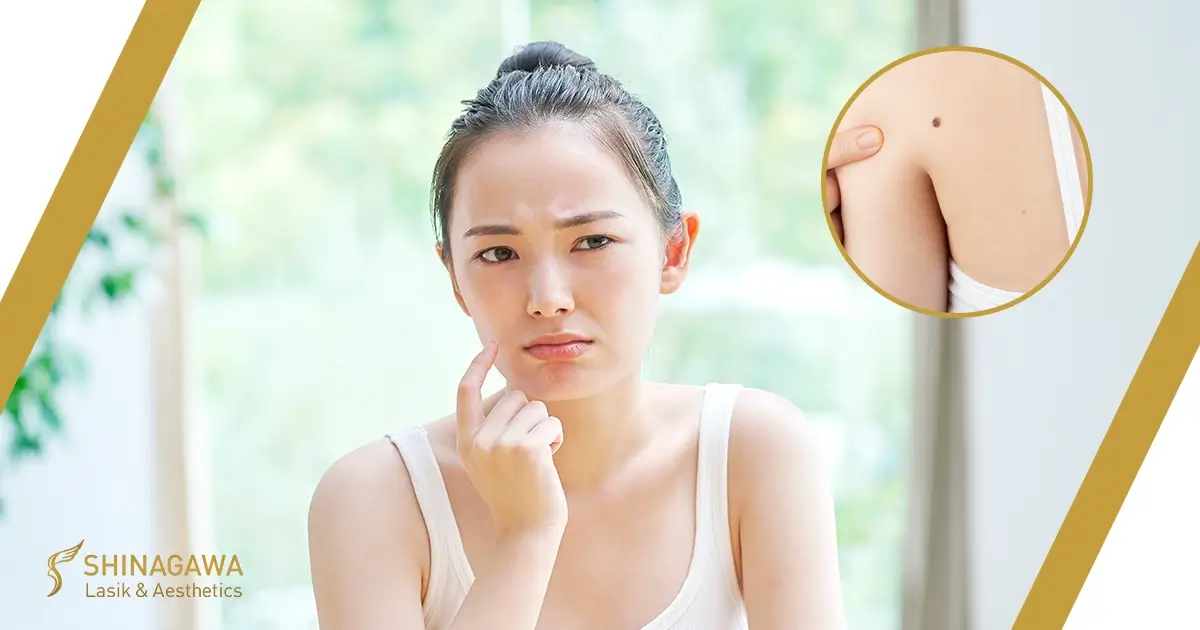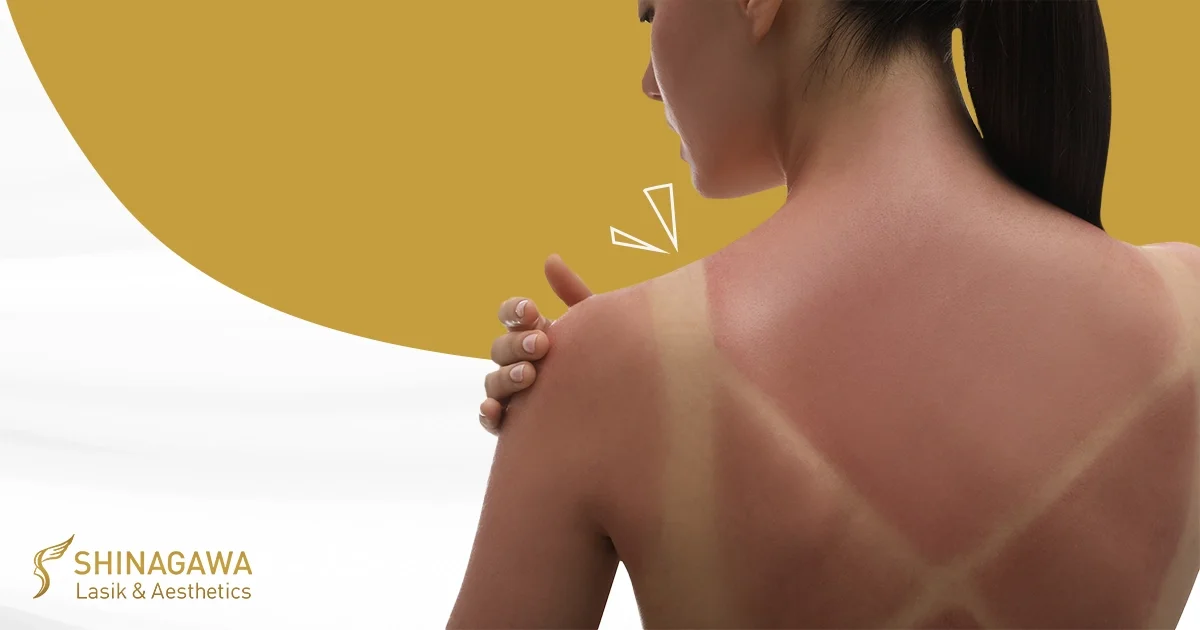Achieving Beauty to the Max with GMAX Pro
Be at your most beautiful with the help of an advanced derma ally!
The GentleMax Pro™ is a dual platform laser that allows a wide range of effective derma treatment options.
What can GMAX Pro do for you?
- Permanent removal of unwanted or excess hair in all skin types
- Removal of benign keratoses and/or sun spots on all parts of the body
- Correction and rejuvenation of areas with diffuse sun damage on the face and body
- Treatment of facial redness and broken blood vessels
- Skin tightening
Hair Removal
The GentleMax Pro™ is the gold standard for effective hair removal in skin types I-VI, which includes most skin types. The GentleMax Pro™ excels in providing safe, high speed, effective laser hair removal with high patient satisfaction and comfort. Typically, permanent hair removal requires 4-6 treatments, but some patients require more. The fee for hair removal depends on the size of the area, and we are happy to provide you with more information when you call. View pricing for laser hair removal.
Sun Spots and Benign Keratoses Removal
The GentleMax Pro™ can effectively remove unwanted brown sun damage spots and benign keratoses without scarring. The late fall and winter are the best times to start treatment of these lesions since the skin should be shielded from sun exposure before and after treatment for the best results. Some spots may require more than one treatment.
Color Correction and Rejuvenation of Skin with Diffuse Sun Damage
The GentleMax Pro™ can also treat diffuse sun damage which is often seen on the face, neck, chest and arms. Depending on the extent of sun damage, a series of treatments may be necessary, but significant improvement is seen with each treatment.
Treatment of Facial Redness and Broken Blood Vessels
The Gentlemax Pro™ can treat the background redness and broken blood vessels on the cheeks, nose and chin. Because the background redness and broken blood vessels are a result of broken blood vessels, you should expect to have some redness, swelling and possible bruising for several days after the treatment. We suggest that you do not take aspirin or NSAIDS (ibuprofen, Aleve, Advil, Motrin Meloxicam, Celebrex) for 1 week prior to your procedure if medically allowable. We do not advise any patient to stop any blood thinners for this procedure.
Skin Tightening
The GentleMax Pro™ performs skin tightening on the face and lower jawline over a series of treatments every 4-6 weeks. This procedure does not require sedation and there is no downtime.
We have special packages featuring GMAX Pro! Reach us!
Call our Patient Care Lines: (+632) 7-368 5238 l (+63) 917 862 7454 l (+63) 921 217 0517 for inquiries, questions, and appointments or talk to our consultants via LiveChat at https://shinagawa.ph so we can address and answer them for you.






